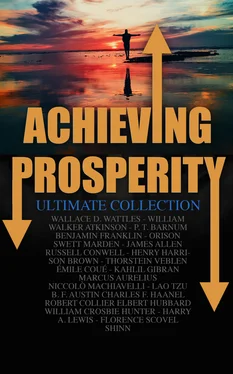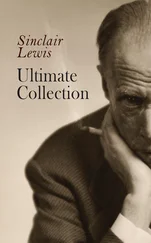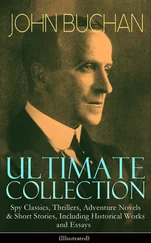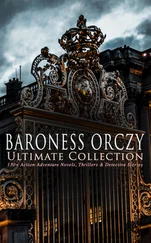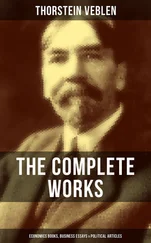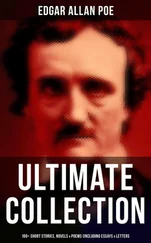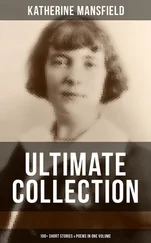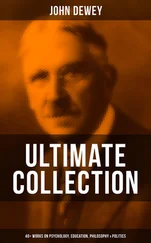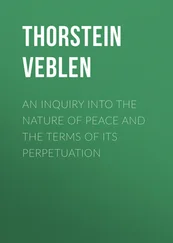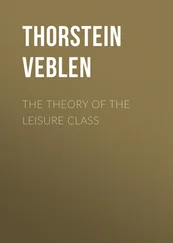A ghost had been repeatedly seen in his best drawing-room!—a genuine, undeniable, unmitigated ghost!
The spectre was described by the female members of the family as making his appearance at all hours, chiefly, however in the evening, of course. Now the good old orthodox idea of a ghost is, of a very long, cadaverous, ghastly personage, of either sex, appearing in white draperies, with uplifted finger, and attended or preceded by sepulchral sounds—whist! hush! and sometimes the rattling of casements and the jingling of chains. A bluish glare and a strong smell of brimstone seldom failed to enhance the horror of the scene. This ghost, however, came it seems, in more ordinary guise, but none the less terrible for his natural style of approach and costume. He was usually seen in the front parlor, which was on the second story and faced the street. There he would be found seated in a chair near the fire place, his attire the garb of a carman or “carter” and hence the name “Carter’s Ghost” afterward frequently applied to him. There he would sit entirely unmoved by the approach of living denizens of the house, who, at first, would suppose that he was some drunken or insane intruder, and only discover their mistake as they drew near, and saw the fire-light shining through him, and notice the glare of his frightful eyes, which threatened all comers in a most unearthly way. Such was the purport of the first sketch that appeared in the “Sunday Mercury,” stated so distinctly and impressively that the effect could not fail to be tremendous among our sensational public. To help the matter, another brief notice, to the same effect, appeared in the Sunday issue of a leading journal on the same morning. The news dealers and street-carriers caught up the novelty instanter, and before noon not a copy of the “Sunday Mercury” could be bought in any direction. The country issue of the “Sunday Mercury” had still a larger sale.
On Sunday morning, every sheet in town made some allusion to the Ghost, and many even went so far as to give the very (supposed) number of the house favored with his visitations. The result of this enterprising guess was ludicrous enough, bordering a little, too, upon the serious. Indignant house-holders rushed down to the “Sunday Mercury” office with the most amusing wrath, threatening and denouncing the astonished publishers with all sorts of legal action for their presumed trespass, when in reality, their paper had designated no place or person at all. But the grandest demonstration of popular excitement was revealed in Twenty-seventh street itself. Before noon a considerable portion of the thoroughfare below Sixth Avenue was blocked up with a dense mass of people of all ages, sizes, sexes, and nationalities, who had come “to see the Ghost.” A liquor store or two, near by, drove a splendid “spiritual” business; and by evening “the fun” grew so “fast and furious” that a whole squad of police had to be employed to keep the side-walks and even the carriage-way clear. The “Ghost” was shouted for to make a speech, like any other new celebrity, and old ladies and gentlemen peering out of upper-story windows were saluted with playful tokens of regard, such as turnips, eggs of ancient date, and other things too numerous to mention, from the crowd. Nor was the throng composed entirely of Gothamites. The surrounding country sent in its contingent. They came on foot, on horseback, in wagons, and arrayed in all the costumes known about these parts, since the days of Rip Van Winkle. Cruikshanks would have made a fortune from his easy sketches of only a few figures in the scene. And thus the concourse continued for days together, arriving at early morn and staying there in the street until “dewy eve.”
As a matter of course, there were various explanations of the story propounded by various people—all wondrously wise in their own conceit. Some would have it that “the Ghost” was got up by some of the neighbors, who wished, in this manner, to drive away disreputable occupants; others insisted that it was the revenge of an ousted tenant, etc., etc. Everybody offered his own theory, and, as is usual, in such cases, nobody was exactly right.
Meanwhile, the “Sunday Mercury” continued its publications of the further progress of the “mystery,” from week to week, for a space of nearly two months, until the whole country seemed to have gone ghost-mad. Apparitions and goblins dire were seen in Washington, Rochester, Albany, Montreal, and other cities.
The spiritualists took it up and began to discuss “the Carter Ghost” with the utmost zeal. One startling individual—a physician and a philosopher—emerged from his professional shell into full-fledged glory, as the greatest canard of all, and published revelations of his own intermediate intercourse with the terrific “Carter.” In every nook and corner of the land, tremendous posters, in white and yellow, broke out upon the walls and windows of news-depots, with capitals a foot long, and exclamation-points like drumsticks, announcing fresh installments of the “Ghost” story, and it was a regular fight between go-ahead vendors who should get the next batch of horrors in advance of his rivals.
Nor was the effect abroad the least feature of this stupendous “sell.” The English, French, and German press translated some of the articles in epitome, and wrote grave commentaries thereon. The stage soon caught the blaze; and Professor Pepper, at the Royal Polytechnic Institute, in London, invented a most ingenious device for producing ghosts which should walk about upon the stage in such a perfectly-astounding manner as to throw poor Hamlet’s father and the evil genius of Brutus quite into the “shade.” “Pepper’s Ghost” soon crossed the Atlantic, and all our theatres were speedily alive with nocturnal apparitions. The only real ghosts, however—four in number—came out at the Museum, in an appropriate drama, which had an immense run—“all for twenty-five cents,” or only six and a quarter cents per ghost!
But I must not forget to say that, really, the details given in the “Sunday Mercury” were well calculated to lead captive a large class of minds prone to luxuriate in the marvelous when well mixed with plausible reasoning. The most circumstantial accounts were given of sundry “gifted young ladies,” “grave and learned professors,” “reliable gentlemen”—where are those not found?—“lonely watchers,” and others, who had sought interviews with the “ghost,” to their own great enlightenment, indeed, but, likewise, complete discomfiture. Pistols were fired at him, pianos played and songs sung for him, and, finally, his daguerreotype taken on prepared metallic plates set upright in the haunted room. One shrewd artist brought out an “exact photographic likeness” of the distinguished stranger on cartes de visite, and made immense sales. The apparitions, too, multiplied. An old man, a woman, and a child made their appearance in the house of wonders, and, at last, a gory head with distended eyeballs, swimming in a sea of blood, upon a platter—like that of Holofernes—capped the climax.
Certain wiseacres here began to see political allusions in the Ghost, and many actually took the whole affair to be a cunningly devised political satire upon this or that party, according as their sympathies swayed them.
It would have been a remarkable portion of “this strange, eventful history,” of course, if “Barnum” could have escaped the accusation of being its progenitor.
I was continually beset, and frequently, when more than usually busy, thoroughly annoyed by the innuendoes of my visitors, that I was the father of “the Ghost.”
“Come, now, Mr. Barnum—this is going a little too far!” some good old dame or grandfather would say to me. “You oughtn’t to scare people in this way. These ghosts are ugly customers!”
Читать дальше
